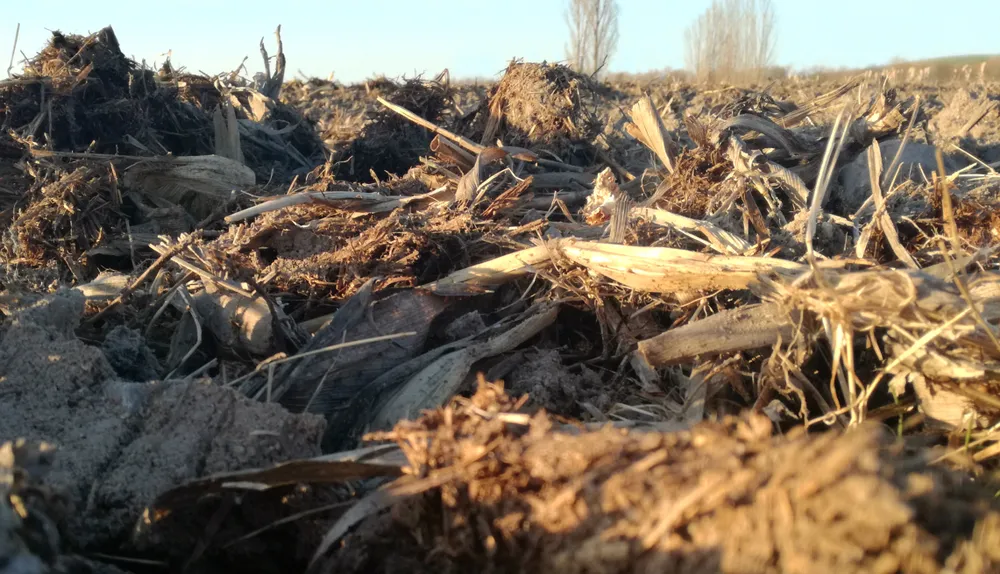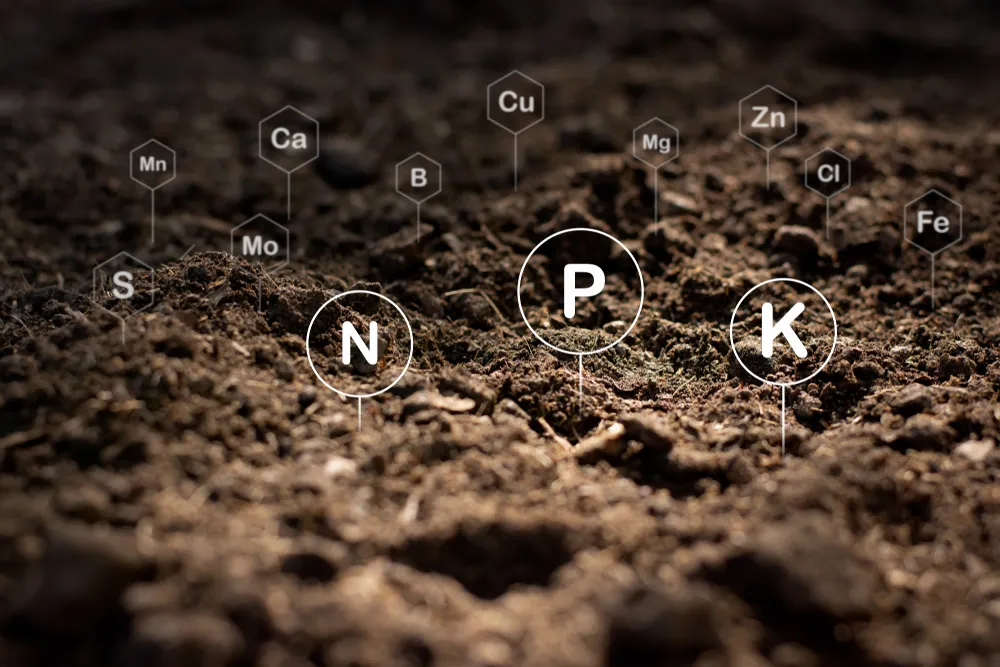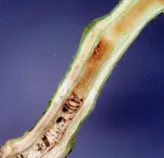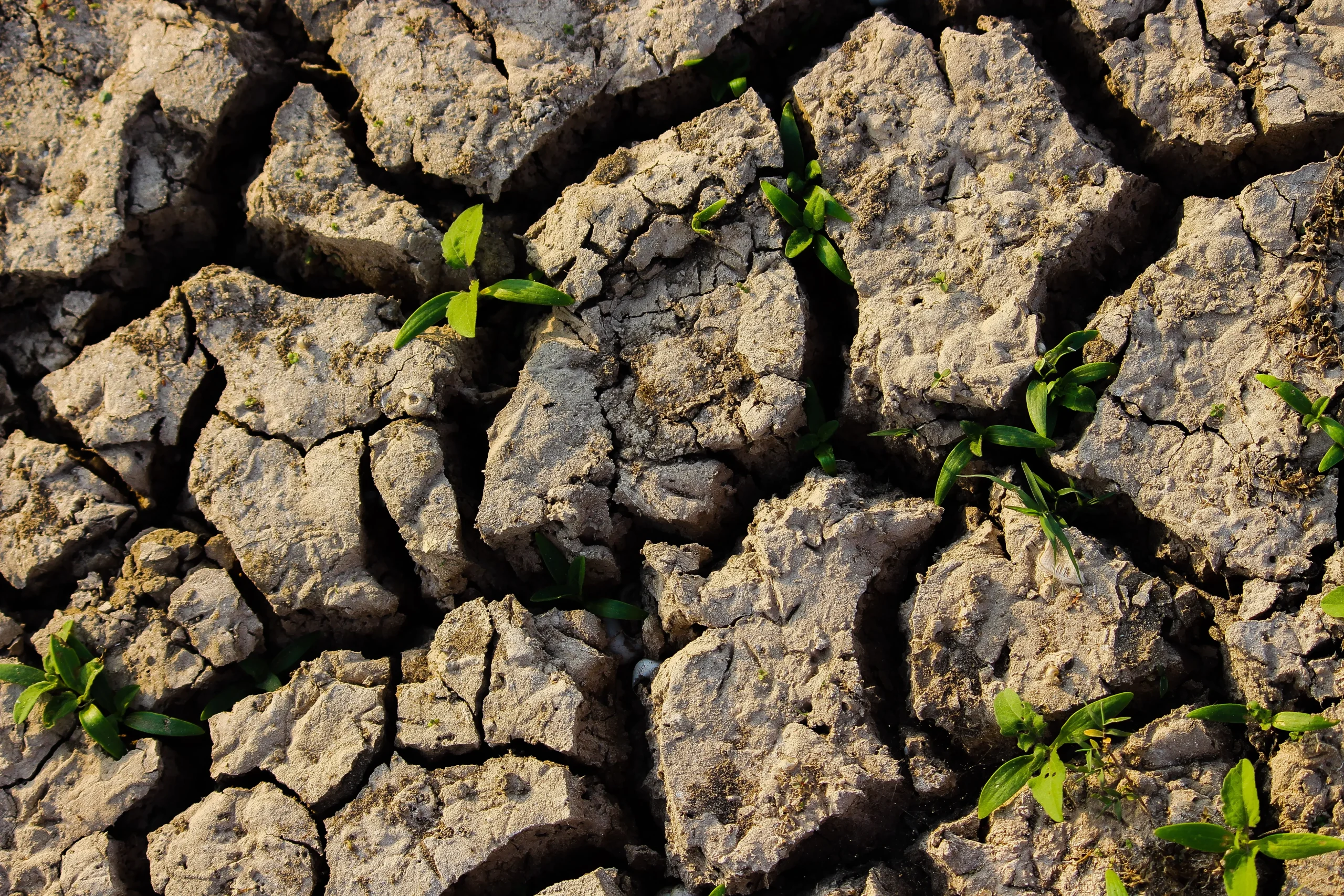BIOTREX Technology
Microbial activity isn’t guesswork anymore.
We measure what matters.
Soil microbes are what make soil work.
They help break down organic matter, make nutrients available to plants, and protect crops from stress and disease.
When soil life is balanced and active, everything above ground grows better. But when this community is weak or out of balance, crop yields and farm profits are also at risk.
BIOTREX reveals how soil microbes behave in the field — measuring their activity, diversity, and contribution to key soil functions. Watch our video to explore why soil microbes are the engine that drives the productivity, sustainability and resilience of farming systems.
BIOTREX
insights into microbial activity, biodiversity, and functional potential
BIOTREX soil microbial analysis provides a complete picture of the biological activity and functional diversity of your soil. Our indicators are designed to help you assess soil health, monitor changes over time, and evaluate the real impact of biostimulants, inputs, or management practices.
Let’s take a closer look at what BIOTREX analysis reveals about your soil.
Gain insight into microbiome status...
These indicators show the overall condition and behaviour of the microbial community in your soil — a starting point for understanding how it responds to biostimulants, inputs, or management practices.
Microbial Performance
This indicator measures the total metabolic activity of the microbial community living in the soil.
A living, active soil microbial community plays a key role in supporting nutrient cycling and mineralisation, which reduces dependence on chemical fertilisers.
Microbial Biodiversity
This indicator is derived from the Shannon index and measures the functional diversity of the soil microbial community
Rather than counting species, this indicator focuses on the activities of microbes. The greater the variety of functions, the more biologically capable and resilient the soil.
...and detailed insight into microbial functions
This group of indicators shows what soil microbes are capable of doing.
Functional Richness
This indicator summarises how many different biological processes the microbial community can perform in general.
It shows the agronomic potential of the soil. It helps producers optimise soil management to improve productivity. A richer functional profile supports crop nutrition and stabilises soil ecosystem.
Functional Groups
For a deeper look, BIOTREX also identifies microbial activity related to three specific soil functions essential to nutrient cycling and crop growth:
The microbial community’s potential to metabolise substrates related to the decomposition of plant-derived organic matter.
Decomposition is the gateway to nutrient release and humus formation. Higher activity in this group suggests faster breakdown of plant residues and organic inputs — supporting nutrient cycling and soil structure.
The potential of the microbial community to metabolise compounds linked to nitrogen turnover and mineralisation.
Active nitrogen cycling provides a steady supply of plant-available nitrogen, supports crop growth, and reduces losses, improving nitrogen use efficiency. Although nitrogen-fixing activity is not measured directly, it is reflected indirectly in the soil’s overall functional profile.
The potential of soil microbes to metabolise substrates associated with phosphorus mobilisation.
High phosphorus mobilisation increases the pool of plant-available phosphorus in soil and reduces reliance on mineral phosphorus fertilisers.
From Research to the Field.
Our Scientific Approach.
BIOTREX is based on Community Level Physiological Profiling (called CLPP), a scientific method used to measure the metabolic activity of microbial communities — that is, not just who is there, but what they are capable of doing.
The method works a bit like offering a buffet to the microbes in the soil. Here in BIOTREX, we use Biolog EcoPlates™, which contain 31 wells, each filled with a different carbon source — sugars, amino acids, organic acids and other compounds that microbes might encounter in real soil environments. These carbon sources serve as food options.
If the microbes can consume a particular carbon source, they begin to transform it into other compounds. Eventually, this chain of reactions produces formazan, a compound that causes a visible colour change in the well. The stronger and faster the colour change, the more active the microbial community. At the end of the analysis, a colourful pattern appears on the plate — it’s like a metabolic fingerprint of the soil.
In the BIOTREX analysis, each well contains a different carbon source. When soil microbes metabolise a substrate, the colour of the well changes — revealing which functions are active in the microbial community.
How it works?

1
Preparing the microbial test
We collect microbes from soil sample and place them on EcoPlates™ — specialised test plates containing a variety of carbon-based substrates (microbial food sources).
2
Measuring microbial activity
We monitor how the microbial community breaks down these substrates, revealing how actively they contribute to nutrient cycling and organic matter decomposition.
3
Interpreting the results
We analyse the results and calculate BIOTREX microbial indicators and use these to provide practical, tailored recommendations.
Let’s find out what your soil microbes are really doing
BIOTREX Soil Microbial Analysis turns complex microbial data into clear, actionable insights that support better decisions in the field. Our service is designed for real-world use, making it easy to track changes, compare treatments, and understand how your soil biology is performing.
For Farmers
BIOTREX shows you how active and healthy your soil really is — beyond what chemical tests can tell.
Use it to track soil life, evaluate the effects of your practices, and make smarter decisions for long-term productivity.
For Agronomists
BIOTREX gives you functional data on soil microbial activity and diversity — tools to understand, diagnose, and improve soil biology.
It supports precise recommendations, product evaluation, and deeper insights for your clients or research.
For Input Producers
BIOTREX helps you scientifically demonstrate how your product influences soil microbial function — under real field conditions.
It’s an efficient way to validate mode of action, compare formulations, and generate data for R&D, trials, and technical marketing.
Ready to take the next step?
Whether you’re advancing innovative solutions or promoting resilient agricultural systems, BIOTREX equips you with the insights needed to uncover the role of microbial community in building healthier soils and ecosystems.
Book a free call with our experts and discover the impact microbial data can have on your business.
Soil Microbial Analysis for Your Needs
BIOTREX 31
BIOTREX 31 is a simplified version of the BIOTREX 95 technology, which uses a plate with 31 carbon sources to provide a fast overview of the ecosystem.

BIOTREX 95
Biotrex is our technology of choice for analysing soils and composts. The 95 sources of carbon that can be evaluated provide a comprehensive outlook on the whole microbial community. It can be used to perform comparisons and detect even slight changes in microbiome balance. The BIOTREX index scale can provide insight into the current state of the microbiome.

Why Functional Diversity is an Important Factor for Biological Soil Health?
Functional diversity plays a vital role in maintaining the health of soil ecosystems. It encompasses the variety and abundance of different microbial species and their functions within the soil.
Increasing functional diversity brings forth a range of benefits that can be categorized as follows:

Decomposition and carbon sequestration
This decomposition process not only releases nutrients but also contributes to the formation of humus, a stable organic component in the soil. Humus acts as a carbon sink, sequestering carbon from the atmosphere and helping mitigate climate change.
By promoting diverse microbial activities, functional diversity aids in the efficient breakdown of organic matter, nutrient release, and the long-term storage of carbon in the soil.

Increased nutrient availability
The presence of diverse microorganisms in the soil enhances nutrient availability and promotes efficient cycling. These microorganisms play a vital role in mineralising organic nutrients, making them easily accessible to plants for uptake.
By improving the availability of specific nutrients such as nitrogen, phosphorus, and micronutrients, functional diversity enhances plant nutrition and overall plant health, leading to improved growth, productivity, and nutrient utilization.

Effective pest and disease control
This promotes sustainable and environmentally friendly pest and disease management practices.

Improved soil structure and stability
Different microbial species play a significant role in soil aggregation and the formation of a stable soil structure. This leads to improved soil stability, reduced erosion risks, and enhanced root growth and penetration.
Additionally, a diverse microbial community contributes to the formation of soil aggregates that retain water, thereby increasing water-holding capacity and reducing the risks of both drought and waterlogging.
Soil Microbial Engine
Beneath our feet, microbes work like the engine of a well-oiled machine, driving the processes that keep the entire soil ecosystem in motion.
This vibrant community of microorganisms transforms raw materials into essential nutrients for plants, generates soil organic carbon, and maintains its own environment to sustain life.
The Engine Requires Fuel and Proper Care
Like any engine, the soil’s microbial engine needs the right fuel to operate effectively. For bacteria and fungi, this fuel comes in the form of organic matter – plant exudates, crop residues, compost, manure, humic acids, and other natural inputs.
Without adequate and high-quality fuel, the engine cannot function efficiently.

